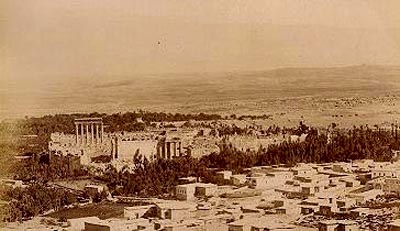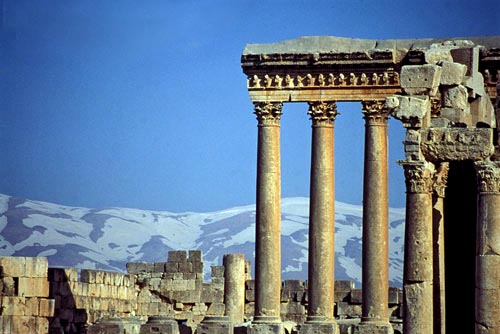The Tablet Of Adapa
Adapa – The First Man
translated by Stephanie Dalley
He (Enki) made broad understanding perfect in him (Adapa), To disclose the design of the land.
To him he gave wisdom, but did not give eternal life. At that time, in those years, he was a sage, son of Eridu.
Enki created him as a protecting spirit among mankind.
A sage – nobody rejects his word – Clever, extra-wise, he was one of the Anunnaki, Holy, pure of hands, the pashishu-priest who always tends the rites.
He does baking with the bakers of Eridu, He does the food and water of Eridu every day, Sets up the offerings table with his pure hands, Without him no offerings table is cleared away.
He takes the boat out and does the fishing for Eridu.
At that time Adapa, the son of Eridu, When he had got the leader Enki out of bed, Used to ‘feed’ the bolt of Eridu every day.
At the holy Kar-usakar he embarked in a sailing-boat And without a rudder his boat would drift, Without a steering-pole he would take his boat out into the broad sea.
South Wind Send him to live in the fishes’ home.
“South Wind, though you send your brothers against me, However many there are, I shall break your wing!”
No sooner had he uttered these words than South Wind’s wing was broken; For seven days South Wind did not blow towards the land.
An called out to his vizier Ilabrat, “Why hasn’t the south wind blown towards the land for seven days” His vizier Ilabrat answered him, “My lord, Adapa, the son of Enki has broken South Wind’s wing.”
When An heard this word, He cried “Heaven help him!”, rose up from his throne. “Send for him to be brought here!”
Enki, aware of Heaven’s ways, touched him And made him wear his hair unkempt, Clothed him in mourning garb, Gave him instructions, “Adapa, you are to go before king An.
You will go up to Heaven, And when you go up to Heaven, When you approach the gate of An, Dumuzi and Gizzida will be standing in the Gate of An, Will see you, will keep asking you questions, “Young man, on whose behalf do you wear mourning garb?” You must answer: “Two gods have vanished from our country, And that is why I am behaving like this.” They will ask: “Who are the two gods that have vanished from the countryside?” You will answer: “They are Dumuzi and Gizzida.” “They will look at each other and laugh a lot, Will speak a word in your favor to Anu, Will present you to An in a good mood.
When you stand before An They will hold out for you bread of death, so you must not eat.
They will hold out for you water of death, so you must not drink.
They will hold out a garment for you; so put it on.
They will hold out oil for you; so anoint yourself.
You must not neglect the instructions I have given you; Keep to the words that I have told you.”
The envoy of An arrived.
“Send to me Adapa, Who broke the South Wind’s wing.”
He made him take the way of heaven.
When he came up to heaven, When he approached the Gate of An, Dumuzi and Gizzida were standing in the Gate of An.
They saw Adapa and cried, “Heaven help him! Young man, on whose behalf do you look like this Adapa, on whose behalf do you wear mourning clothes? “Two gods have vanished from the country, and that is why I am wearing mourning clothes.”
“Who are the two gods who have vanished from the country” ” Dumuzi and Gizzida,” Adapa answered. They looked at each other and laughed a lot.
When Adapa drew near to the presence of King An, An saw him and shouted, “Come here, Adapa! Why did you break South Wind’s wind”
Adapa answered An, “My lord, I was catching fish in the middle of the sea, For the house of my lord Enki.
But he inflated the sea into a storm And south wind blew and sank me! I was forced to take up residence in the fishes’ home. In my fury, I cursed South Wind.”
Dumuzi and Gizzida responded from beside him, Spoke a word in his favor to An. His heart was appeased he grew quiet.
“Why did Enki disclose to wretched mankind The ways of heaven and earth, Give them a heavy heart It was he who did it! What can we do for him.
Fetch him the bread of eternal life and let him eat!”
They fetched him the bread of eternal life, but he would not eat.
They fetched him the water of eternal life, but he would not drink.
They fetched him a garment, and he put it on himself.
They fetched him oil, and he anointed himself.
An watched him and laughed at him.
“Come Adapa, why didn’t you eat? Why didn’t you drink?” Didn’t you want to be immortal? Alas for downtrodden people!”
“But Enki my lord told me: “You mustn’t eat! You mustn’t drink!”‘
Take him and send him back to his earth.









